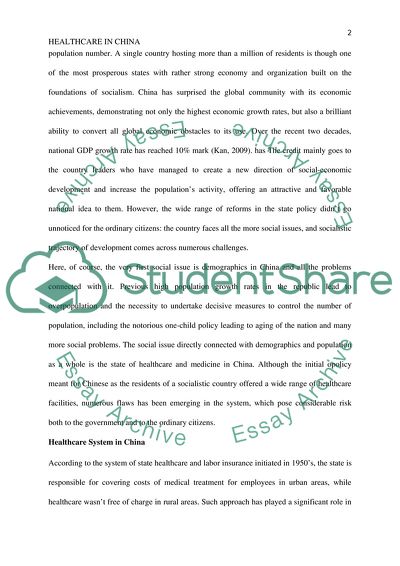Cite this document
(Modern Healthcare System in China Coursework Example | Topics and Well Written Essays - 2500 words, n.d.)
Modern Healthcare System in China Coursework Example | Topics and Well Written Essays - 2500 words. https://studentshare.org/health-sciences-medicine/1847503-you-can-choose-a-topic-of-your-own-interest-it-must-related-to-chinas-social-problem
Modern Healthcare System in China Coursework Example | Topics and Well Written Essays - 2500 words. https://studentshare.org/health-sciences-medicine/1847503-you-can-choose-a-topic-of-your-own-interest-it-must-related-to-chinas-social-problem
(Modern Healthcare System in China Coursework Example | Topics and Well Written Essays - 2500 Words)
Modern Healthcare System in China Coursework Example | Topics and Well Written Essays - 2500 Words. https://studentshare.org/health-sciences-medicine/1847503-you-can-choose-a-topic-of-your-own-interest-it-must-related-to-chinas-social-problem.
Modern Healthcare System in China Coursework Example | Topics and Well Written Essays - 2500 Words. https://studentshare.org/health-sciences-medicine/1847503-you-can-choose-a-topic-of-your-own-interest-it-must-related-to-chinas-social-problem.
“Modern Healthcare System in China Coursework Example | Topics and Well Written Essays - 2500 Words”. https://studentshare.org/health-sciences-medicine/1847503-you-can-choose-a-topic-of-your-own-interest-it-must-related-to-chinas-social-problem.


